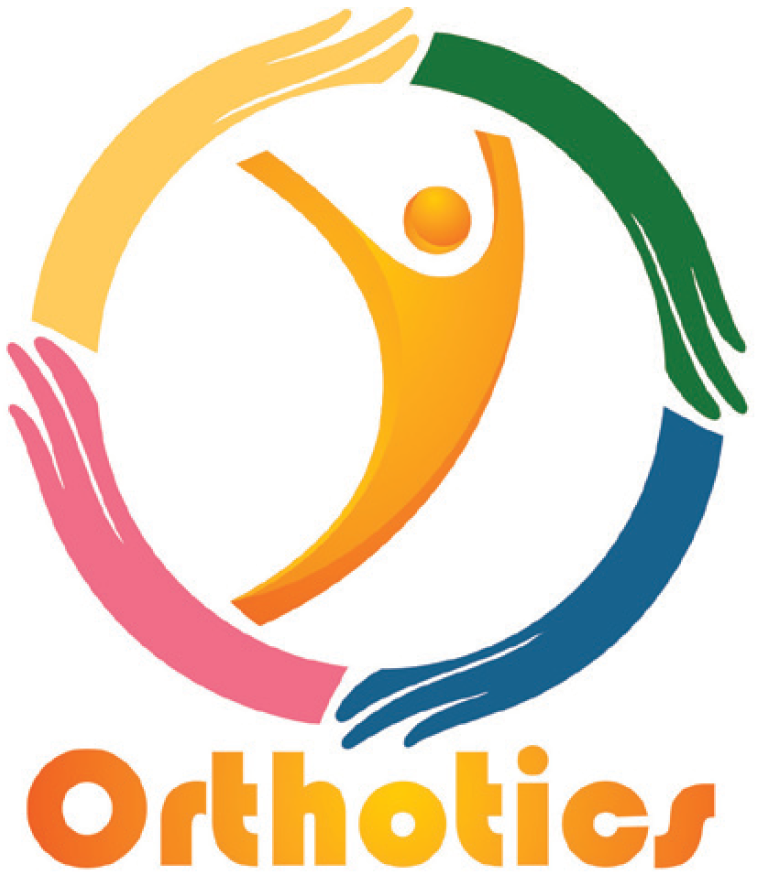Advice after having a trapeziectomy
What is Osteoarthritis (OA) of the base of the thumb?
OA of the base of the thumb is a very common complaint. Tis is usually due to normal wear and tear, caused by the demands placed on the thumb during everyday activities.
OA at the base of the thumb can cause symptoms of pain and stiffness. You may find some difficulty with gripping and tasks such as opening jars and turning a key in the lock.
Symptoms can often be controlled by non surgical treatments but if they are not effective surgery may be an option. The most common surgery is called a trapeziectomy. Here, we will give you some advice after having a trapeziectomy.
After the Surgery
The surgery is generally a day procedure which means you can usually go home on the same day as your surgery. Depending on the procedure it may be performed under local anaesthetic in which you will remain awake or under general anaesthetic in which case you will be asleep.
The surgery involves removing a small bone called the trapezium through a small cut at the base of your thumb.
Removal of this bone gives more space for the thumb to move so that the bone surfaces are not rubbing together causing pain.
Sometimes an additional small cut is made on the front of your forearm in order to get a piece of tendon to use to stabilise the base of the thumb after the small bone is removed.
Please note that as with any surgery there are potential risks involved. The majority of people have straight forward recovery following surgery. However complications can occur and include:
- Infection
- Nerve damage causing altered sensation or loss of feeling in the thumb area.
- Persistent scar tenderness.
- Injury to the arteries of the finger or hand.
- Failure to resolve the pain.
Please contact the clinic on the numbers provided if you have any concerns
What to Expect After Surgery
Your thumb and hand will be put in a splint or a cast. Your surgeon will advise on when the cast or splint will be removed or changed but this is usually for an overall period of 6 weeks.
If a wire has been inserted, this can be removed after 3 to 4 weeks.
During the time your splint or cast is on, it is important to:
- Keep your hand raised to help get rid of swelling
- Move your fingers to prevent them from becoming stiff
- Do not use your hand for anything other than very light functional activities (eg using telephone, finger typing, turning on a switch)
- Do not drive
You may experience pain and discomfort at first but normally this resolves with time. Please speak to your GP or pharmacist about controlling your pain if necessary.
Moving and using your hand after your splint or cast has been removed
After the splint or cast has been removed at around 6 weeks after your operation you can now start to exercise your thumb. The exercises are described below. You should try to use your hand as normally as possible but avoid heavy lifting or prolonged tight gripping until around 10 to 12 weeks after the operation. How much you are able to do with your hand at this stage depends on how much pain you are experiencing. it is important to manage your pain to allow you to move your thumb and do your exercises.
Exercises
Exercise 1
Hold all fingers straight. Make big circles with your thumb. Repeat 10 times.
Exercise 2
Place the back of your hand on a table with your thumb and fingers rested. Bring your thumb across to the base of your little finger as far as you are able. Return your thumb back to the starting position. Repeat 10 times.
Exercise 3
- Place your elbow or back of your hand on a table. Put the tip of your thumb against each of your fingertips in turn. Repeat 10 times.
- Practice picking up small objects.
Exercise 4
Bend the upper joint of your thumb. Assist the movement with your other hand. Hold for 15 seconds. Repeat 10 times.
Driving
You can return to driving when your cast or splint has been removed finally (usually around 6 weeks after your operation) and it is comfortable and safe for you to do so. You must feel that you are in complete control of the car; it is your responsibility to check with your insurance company before returning to driving.
Work
Time Off Work
This will depend on your occupation, place of work, ability to return to light duties and may at times be dependent on whether the operation has been carried out on your dominant hand or not.
Please remember that recovery of full function can take a long time, in some cases it can be 6 months or more before you can carryout any heavy functional tasks.

